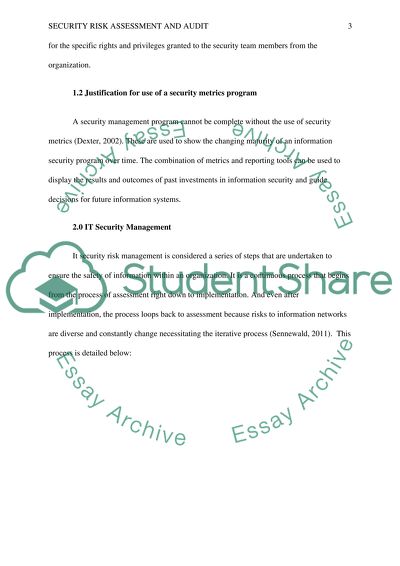Cite this document
(“Security Risk Assessment and Audit into the connection of the internal Essay”, n.d.)
Retrieved from https://studentshare.org/information-technology/1404430-security-risk-assessment-and-audit-into-the-connection-of-the-internal-network-with-the-internet
Retrieved from https://studentshare.org/information-technology/1404430-security-risk-assessment-and-audit-into-the-connection-of-the-internal-network-with-the-internet
(Security Risk Assessment and Audit into the Connection of the Internal Essay)
https://studentshare.org/information-technology/1404430-security-risk-assessment-and-audit-into-the-connection-of-the-internal-network-with-the-internet.
https://studentshare.org/information-technology/1404430-security-risk-assessment-and-audit-into-the-connection-of-the-internal-network-with-the-internet.
“Security Risk Assessment and Audit into the Connection of the Internal Essay”, n.d. https://studentshare.org/information-technology/1404430-security-risk-assessment-and-audit-into-the-connection-of-the-internal-network-with-the-internet.


